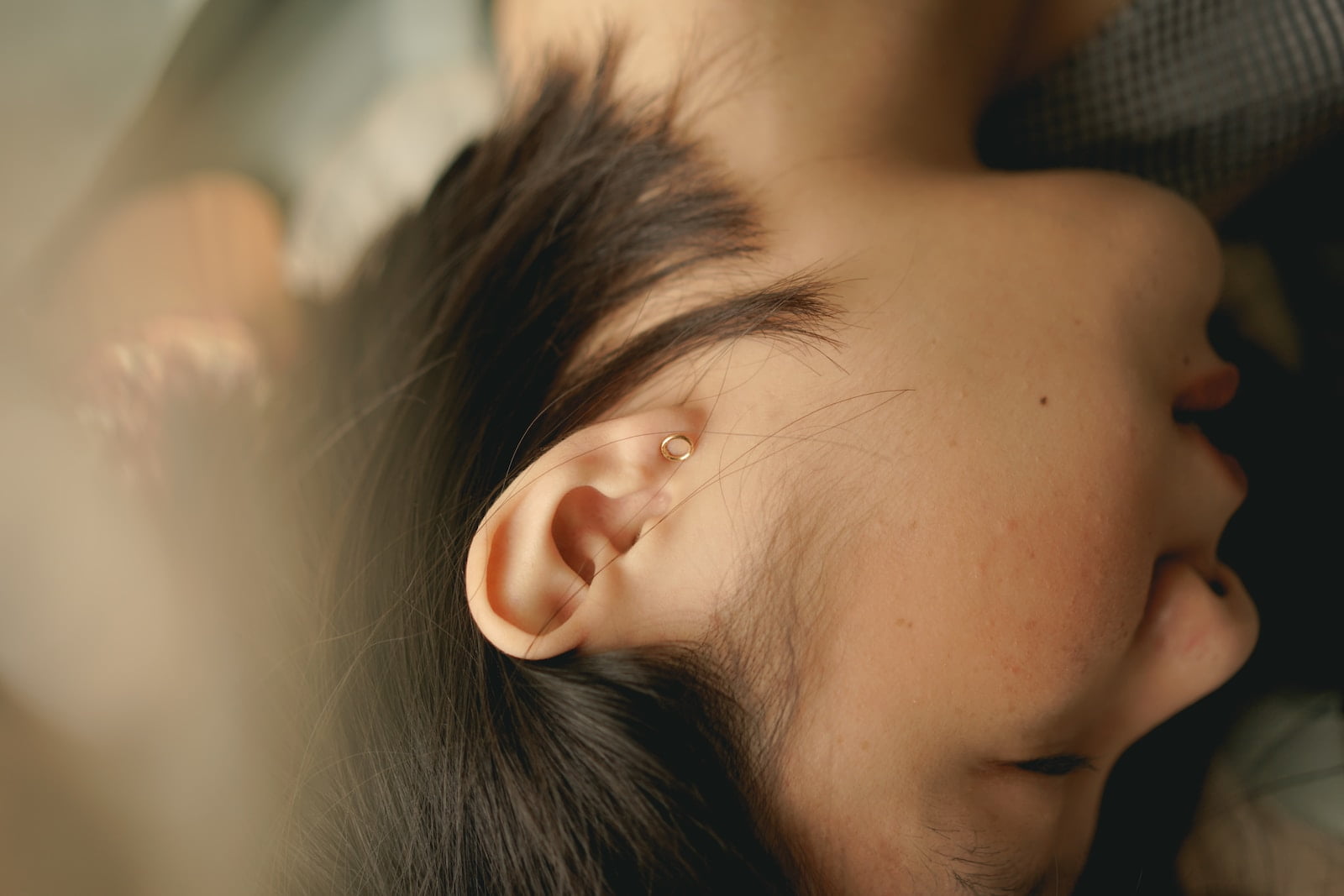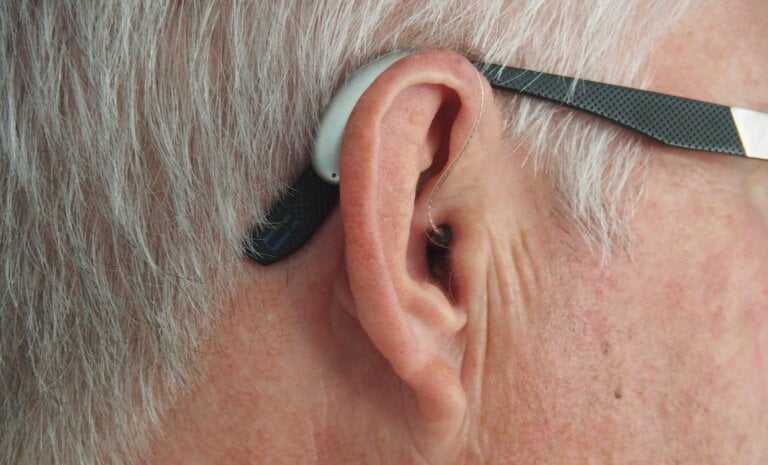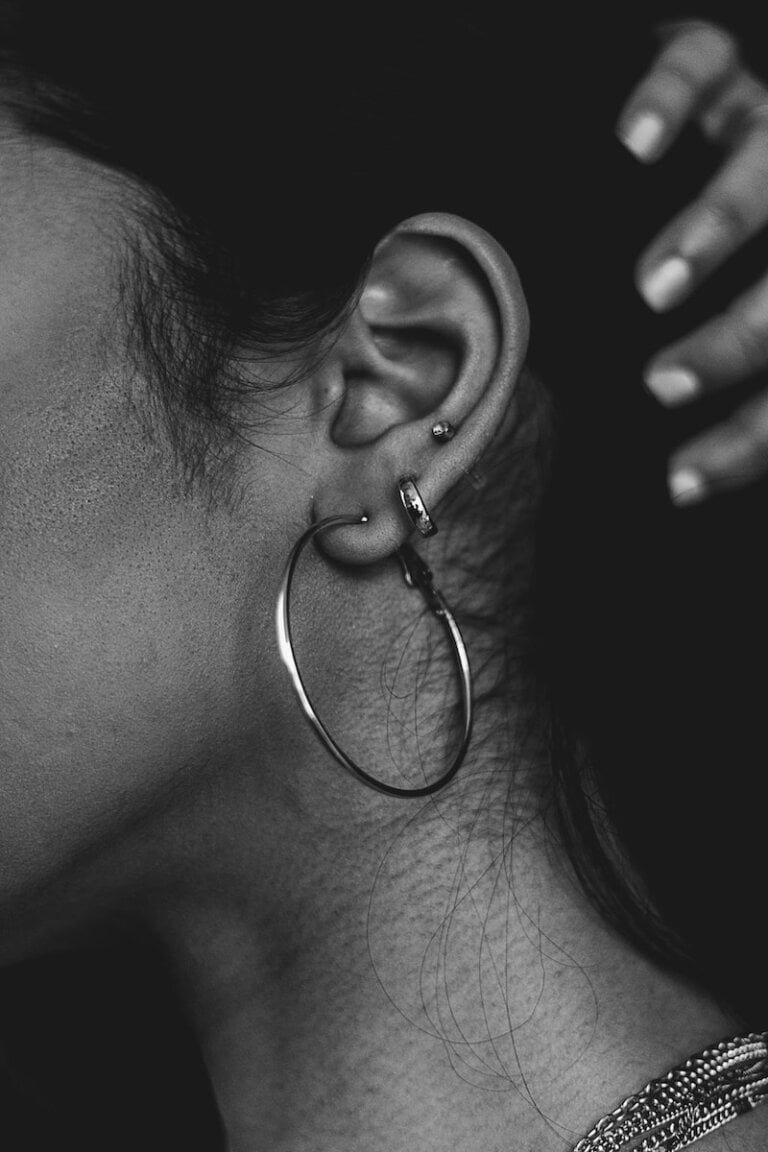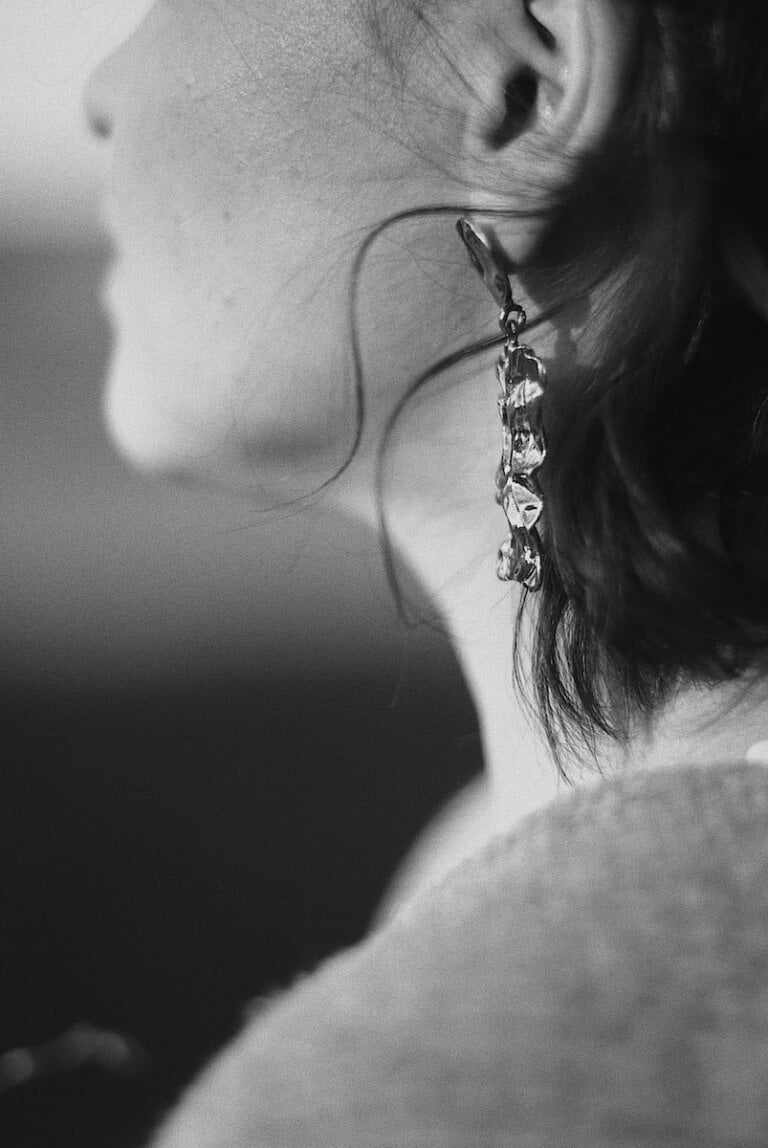A Step-by-Step Guide to Understanding What Happens During a Microsuction Procedure
Last Updated on 25th April 2024 by Admin
Microsuction is a widely used procedure for removing excess ear wax and foreign objects from the ear canal. It is a safe and effective alternative to traditional ear syringing, and is commonly performed by healthcare professionals such as audiologists and ear, nose, and throat (ENT) specialists. This comprehensive guide will take you through the step-by-step process of what happens during a microsuction, providing you with a detailed understanding of this procedure.
What is Microsuction?
Microsuction is a minimally invasive procedure that involves the use of a microscope and a suction device to remove accumulated ear wax and other debris from the ear canal. Unlike ear syringing, which uses water pressure to flush out the ear, microsuction offers a more precise and controlled approach. It allows the healthcare professional to visualize the ear canal and target the removal of wax without the risk of causing damage to the delicate structures of the ear.
Microsuction has become the preferred method for ear wax removal due to its numerous benefits. It is a safe and effective procedure that minimizes the risk of complications and discomfort. The use of a microscope provides enhanced visualization, allowing the healthcare professional to accurately assess the condition and location of the ear wax or foreign object. This precision ensures that the removal process is thorough and reduces the likelihood of any residue being left behind.
Step 1: Preparation
Before the microsuction procedure begins, the healthcare professional will conduct a thorough examination of your ears using an otoscope. This instrument provides a clear view of the ear canal and helps identify the presence of any underlying conditions or foreign objects. The examination allows the professional to determine if any additional tests or treatments are necessary before proceeding with microsuction.
During the examination, the healthcare professional will assess the condition of your ear canal, looking for signs of inflammation, infection, or blockage. They will also check for the presence of any foreign objects, such as cotton swabs or small insects. Identifying these issues beforehand ensures that the microsuction procedure can be conducted safely and effectively.
Step 2: Explanation and Consent
Once the examination is complete, the healthcare professional will explain the procedure to you, including its benefits, potential risks, and any post-procedure care instructions. This ensures that you have a clear understanding of what to expect during the microsuction. It is important to ask any questions or address any concerns you may have before providing your consent to proceed.
The healthcare professional will discuss the benefits of microsuction, emphasizing its safety, precision, comfort, efficiency, and suitability for patients of all ages. They will also explain any potential risks or complications associated with the procedure, although these are rare. It is important to have a full understanding of the procedure and its potential outcomes before making an informed decision to proceed.
Step 3: Positioning
For the microsuction procedure, you will be comfortably seated in a chair or lying down. The healthcare professional may use a headrest or pillows to ensure your head is properly positioned for optimal access to the ear canal. This allows them to maintain a stable and controlled environment during the procedure.
Proper positioning is crucial for the success of the microsuction procedure. It ensures that the healthcare professional can effectively visualize and access the ear canal, allowing for accurate and safe removal of the ear wax or foreign object. By using a headrest or pillows, they can ensure that your head remains steady throughout the procedure, minimizing any discomfort or movement that could interfere with the process.
Step 4: Microscopic Examination
With the use of a binocular microscope or an operating microscope, the healthcare professional will examine your ear canal in detail. The microscope provides enhanced visualization of the ear canal, allowing for a more accurate assessment of the condition and location of the ear wax or foreign object.
During the microscopic examination, the healthcare professional will carefully assess the ear canal, looking for any signs of blockage, inflammation, or damage. They will also locate the specific area where the ear wax or foreign object is present. This detailed examination ensures that the microsuction procedure can be performed with precision, targeting the removal of the accumulated debris without causing harm to the delicate structures of the ear.
Step 5: Suctioning
Using a small suction device attached to a low-pressure suction machine, the healthcare professional will carefully and gently remove the excess ear wax or foreign object from your ear canal. The suction device is designed to have a fine tip, which enables precise and focused suctioning without causing discomfort or harm to the ear.
During the suctioning process, the healthcare professional will insert the fine tip of the suction device into the ear canal, ensuring that it reaches the area where the ear wax or foreign object is located. They will then apply gentle suction to remove the debris, taking care not to cause any damage or discomfort. The low-pressure suction machine allows for controlled and precise removal, ensuring the safety and effectiveness of the procedure.
Step 6: Visualization and Confirmation
During the microsuction process, the healthcare professional may intermittently pause to examine the ear canal using the microscope. This ensures that the wax or foreign object has been completely removed and confirms the cleanliness of the ear canal. If necessary, additional suctioning may be performed until the ear canal is clear.
The visualization and confirmation step is crucial to ensure the success of the microsuction procedure. By periodically examining the ear canal using the microscope, the healthcare professional can verify that all the ear wax or foreign object has been effectively removed. This minimizes the risk of any residue being left behind, which could lead to further complications or discomfort.
Step 7: Post-Procedure Care
After the microsuction, the healthcare professional may provide you with some post-procedure care instructions. These instructions typically include advice on keeping the ears clean, avoiding excessive water exposure, and using ear drops if necessary. The professional may also recommend a follow-up appointment to monitor your ear health or address any ongoing concerns.
Post-procedure care is essential for maintaining the health and cleanliness of your ears after microsuction. The healthcare professional will provide you with detailed instructions on how to keep your ears clean and free from excessive wax buildup. They may recommend using ear drops to prevent dryness or irritation and advise you to avoid exposing your ears to excessive water, as this can increase the risk of infection or inflammation. A follow-up appointment may be recommended to ensure that your ears remain in good health and to address any concerns you may have.
Benefits of Microsuction
Microsuction offers several advantages over traditional ear syringing or other ear wax removal methods. Some of these benefits include:
- Safety: Microsuction is a safe procedure that minimizes the risk of damage to the delicate structures of the ear. The use of a suction device ensures controlled and precise removal, reducing the likelihood of complications.
- Precision: The use of a microscope allows for precise visualization and removal of ear wax or foreign objects. This ensures that the procedure is thorough and minimizes the risk of any residue being left behind.
- Comfort: Microsuction is generally well-tolerated and causes minimal discomfort to the patient. The gentle suctioning process ensures a comfortable experience.
- Efficiency: The procedure is usually quick and efficient, with immediate results and relief from symptoms. Microsuction provides immediate relief from symptoms associated with excess ear wax or foreign objects.
- Suitable for all ages: Microsuction can be safely performed on patients of all ages, including children and older adults. This makes it a versatile and suitable option for individuals with varying ear health needs.
Conclusion
Understanding what happens during a microsuction procedure allows you to make informed decisions about your ear health. By following this step-by-step guide, you now have a comprehensive understanding of the process involved in microsuction, from preparation to post-procedure care. If you are experiencing symptoms related to excess ear wax or have concerns about your ear health, consult with a qualified healthcare professional who can guide you through the microsuction process and provide the appropriate care for your individual needs.
Q: What is microsuction?
A: Microsuction is a minimally invasive procedure that uses a microscope and suction device to remove ear wax and debris from the ear canal.
Q: How is microsuction different from ear syringing?
A: Unlike ear syringing, which uses water pressure, microsuction offers a more precise and controlled approach to ear wax removal.
Q: Is microsuction safe?
A: Yes, microsuction is a safe procedure that minimizes the risk of damage to the delicate structures of the ear.
Q: Who can perform microsuction?
A: Microsuction is commonly performed by healthcare professionals such as audiologists and ear, nose, and throat (ENT) specialists.







